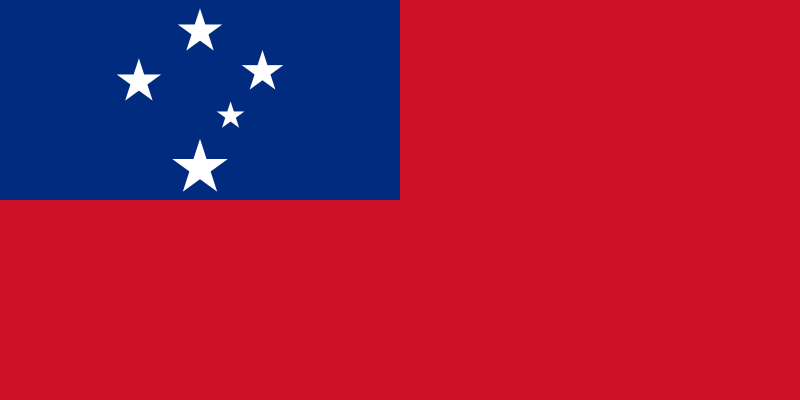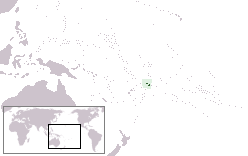 Samoa /səˈmoʊə/, officially the Independent State of Samoa, formerly known as Western Samoa and German Samoa, is a country governing the western part of the Samoan Islands in the South Pacific Ocean.
Samoa /səˈmoʊə/, officially the Independent State of Samoa, formerly known as Western Samoa and German Samoa, is a country governing the western part of the Samoan Islands in the South Pacific Ocean.
It became independent from New Zealand in 1962. The two main islands of Samoa are Upolu and one of the biggest islands in Polynesia, Savai’i. The capital city Apia and Faleolo International Airport are situated on the island of Upolu.
Samoa was admitted to the United Nations on 15 December 1976. The entire island group, inclusive of American Samoa, was called Navigators Islands by European explorers before the 20th century because of the Samoans’ seafaring skills.
The economy of Samoa has traditionally been dependent on development aid, private family remittances from overseas, and agricultural exports. Agriculture employs two-thirds of the labour force, and furnishes 90% of exports, featuring coconut cream, coconut oil, noni (juice of the nonu fruit, as it is known in Samoan), and copra.
The fa’a Samoa, or traditional Samoan way, remains a strong force in Samoan life and politics. Despite centuries of European influence, Samoa maintains its historical customs, social and political systems, and language. Cultural customs such as the Samoa ‘ava ceremonyis a significant and solemn ritual at important occasions including the bestowal of matai chiefly titles. Items of great cultural value include the finely woven ‘ie toga.

Notes from Wikipedia








